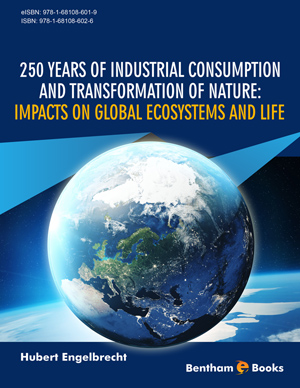Abstract
The concept of the Anthropocene and differing views about its onset and discrimination from the Holocene are given. Its principal difference from strictly deterministic geological processes is explained. It is proposed here to subdivide it into: Earliest and Early Anthropocene: from 3.3 Ma - intentional creation of the first functional stone artefact - to ca. 1000 AD, when the erosion rate caused by anthropogenic land use began to exceed the natural one. Middle Anthropocene: from ca. 1855 AD (anthropogenic CO2 emissions equal volcanogenic CO2 emissions; human caused extinctions equal natural background extinction) to 1918 AD (invention of synthetic ammonia). Late Anthropocene (Great Acceleration): Since 1945: First above ground test of a nuclear fission bomb; global synchronous deposition of carbonaceous fly ash spherules in lacustrine deposits and creation of temporary niches in the lowermost exosphere.
Keywords: Anthropogenic transformations, Artificial niches, Atmospheric warming, Boundary layers, Emissions, Extinctions, Fossil fuels, Greenhouse gases, Holocene, Homogenisation, Human development, Hybridisation, Ocean dynamics, Stratigraphic subdivision, Technosphere, Tools, World population.












